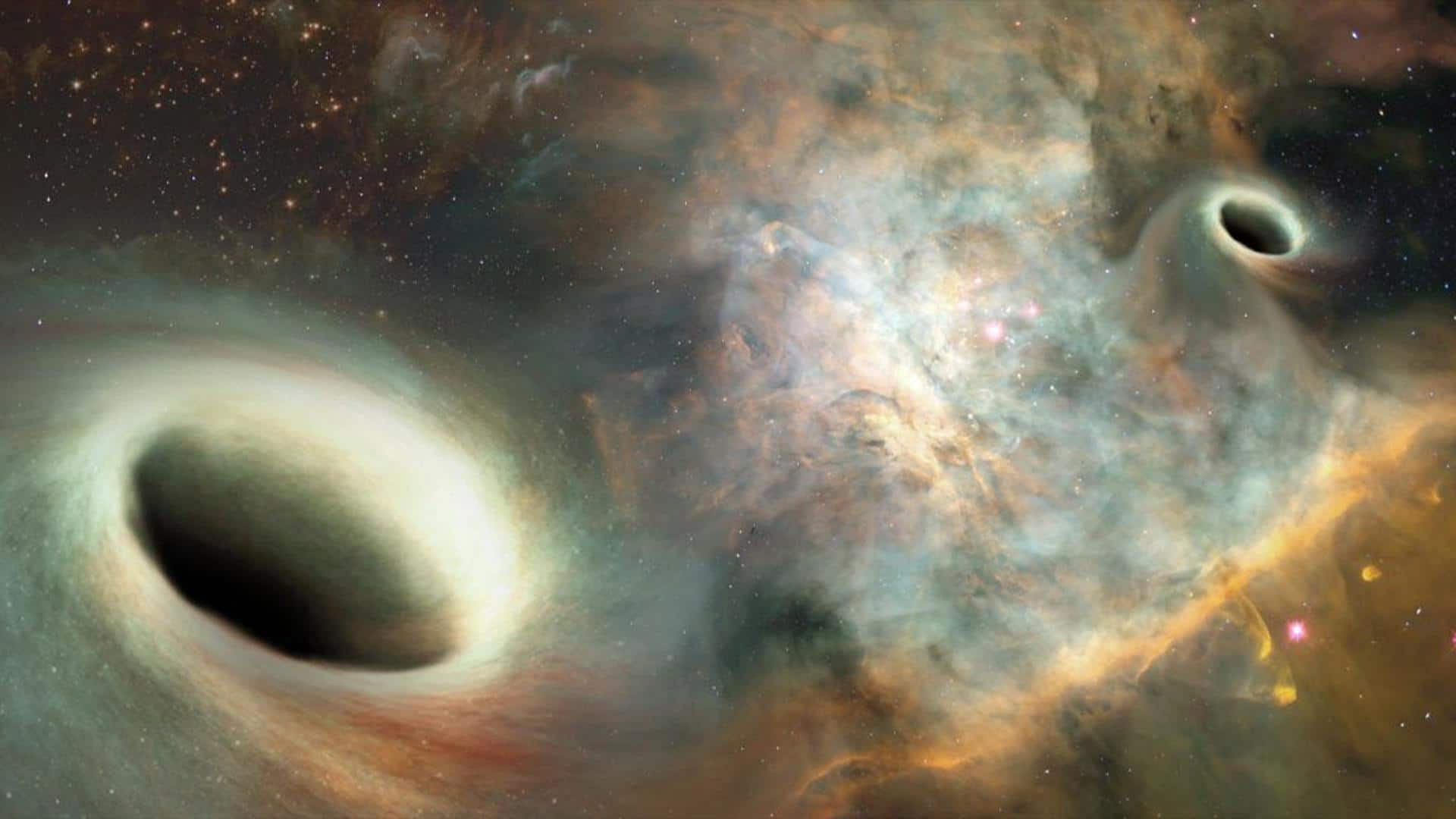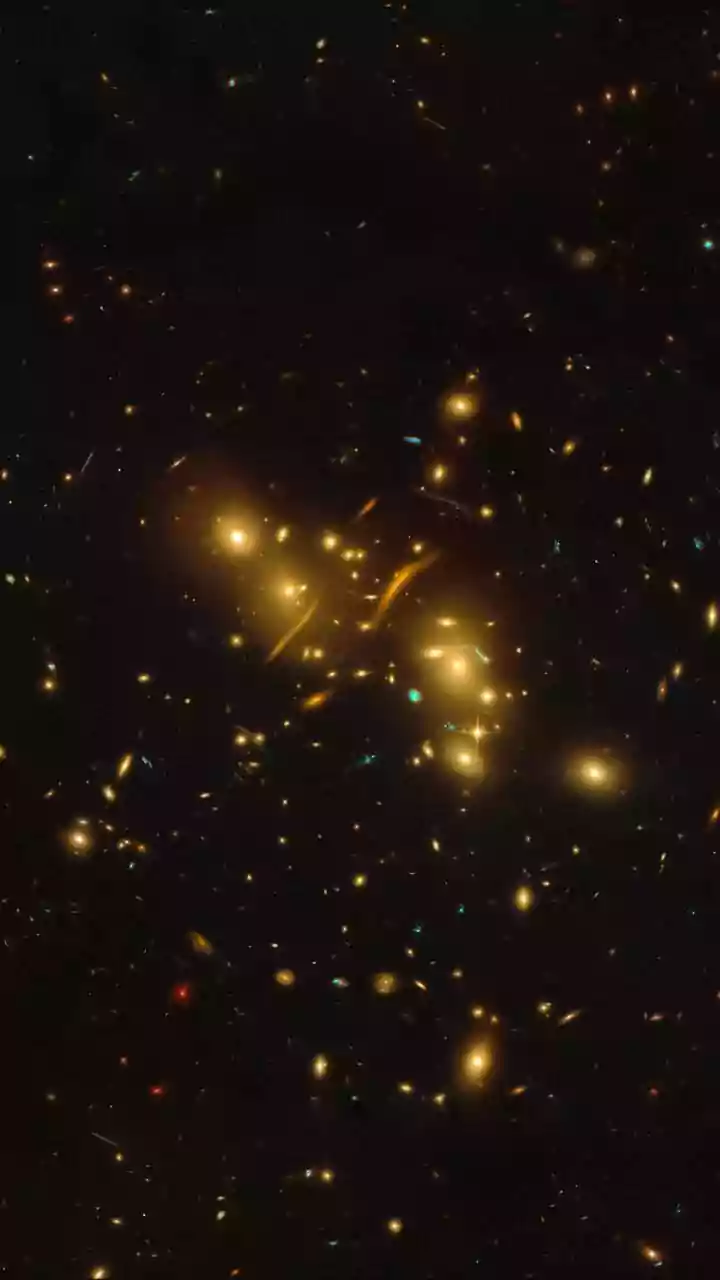Cosmic Dance Unveiled
In a monumental scientific achievement, researchers have successfully captured the first photos of twin black holes engaged in a mesmerizing dance. These
black holes, each with an immense gravitational pull, are located approximately 5 billion light-years away, highlighting the extreme distances involved in astronomical observation. The images were gathered as the black holes are in the process of spiraling toward each other, a prelude to a cataclysmic merger. This event, observable across vast cosmic distances, provides an unprecedented opportunity to study the dynamics of black holes. The process is predicted to release significant amounts of energy in the form of gravitational waves, ripples in the fabric of spacetime, offering scientists a new tool for probing the universe's mysteries.
Beyond Imagination: Location
These twin black holes are situated a staggering 5 billion light-years away. The sheer scale of this distance is difficult to fathom, yet crucial for understanding the scope of the observation. Light-years are a measure of distance in space, the distance light travels in one year. This incredible distance means the light, captured to create the photos, began its journey to earth long before humans existed. The ability to observe such distant objects underscores advancements in technology and the capabilities of modern telescopes and sophisticated data analysis. The precise location and the analysis of light from these black holes provide valuable insights into the nature of space and time.
What Scientists Observed
The photos capture the black holes spiraling around each other, demonstrating the interplay of gravity at extreme scales. This interaction gives scientists a unique vantage point to test the predictions of Einstein's theory of general relativity, which describes how gravity influences the behavior of objects with mass. The observations allow for detailed studies of the surrounding environment, which is impacted by the immense gravitational forces. Researchers are analyzing the light emitted and influenced by the black holes. The captured data provide insight into the merging process which will ultimately cause an enormous release of energy across the universe.
Implications for Research
The images are not just a scientific breakthrough; they are a catalyst for further research and exploration. These observations give researchers a testbed to refine their current understanding of gravity and the behavior of matter under extreme conditions. Studying the data helps build models for how galaxies evolve and how black holes play a key role in the universe. The findings advance our knowledge in how black holes interact and impact their environments. Through continued investigation, scientists intend to enhance their capacity for comprehending the universe's most elusive aspects and phenomena.
Future Prospects Ahead
The first photos of merging twin black holes represent only the beginning. Scientists are eagerly anticipating the next stages of research, including the continued monitoring of these phenomena. They expect to harness even more advanced telescopes and detection tools to gather more data. The data will provide a greater understanding of the universe. Researchers aim to discover more instances of such mergers and study them from different perspectives. This work can lead to innovative insights into the behavior of black holes and the very structure of the cosmos.



